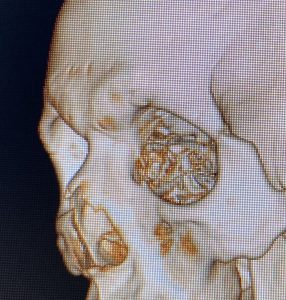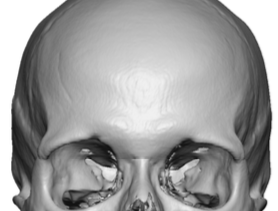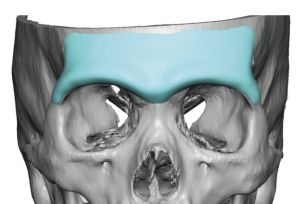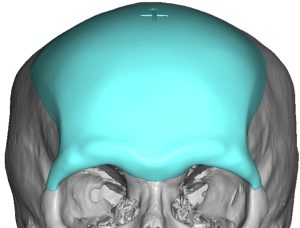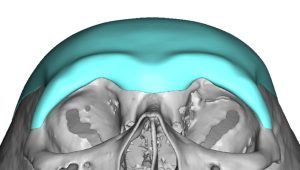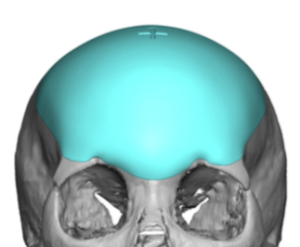The brow bone area of the forehead is a frequent target for aesthetic change. Brow bone reduction is most commonly known undoubtably due to its higher profile association with facial feminization surgery. But brow bone reduction is also done for males with extremely strong brow bone prominences as well as for asymmetric brow bones due to differential amounts of sinus pneumatization between the two sides. Brow bone reduction techniques are done by either burring or bone flap removal/setback techniques.
Brow bone augmentation is performed less frequently than reduction and is dominated by males who desire a masculinizing change to the upper third of their face. Females with very flat foreheads may occasionally request it as part of an overall forehead augmentation as well. How to augment the brow bones is alloplastic in nature which fundamentally divides into bone cements and implant materials. While there are advantages and disadvantages to these approaches the custom brow bone implant is so much more effective than all other approaches that it is almost historic by comparison and has very limited uses today.
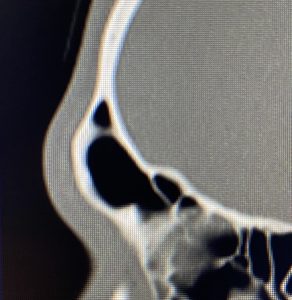
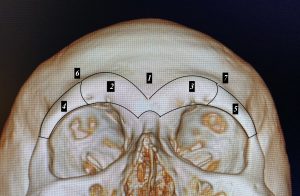
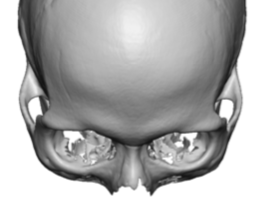
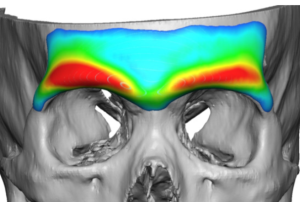
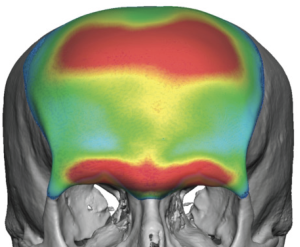
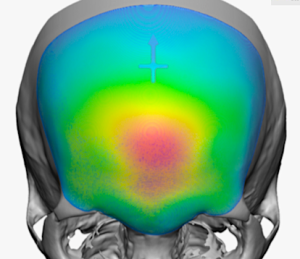
Dr. Barry Eppley
Indianapolis, Indiana





